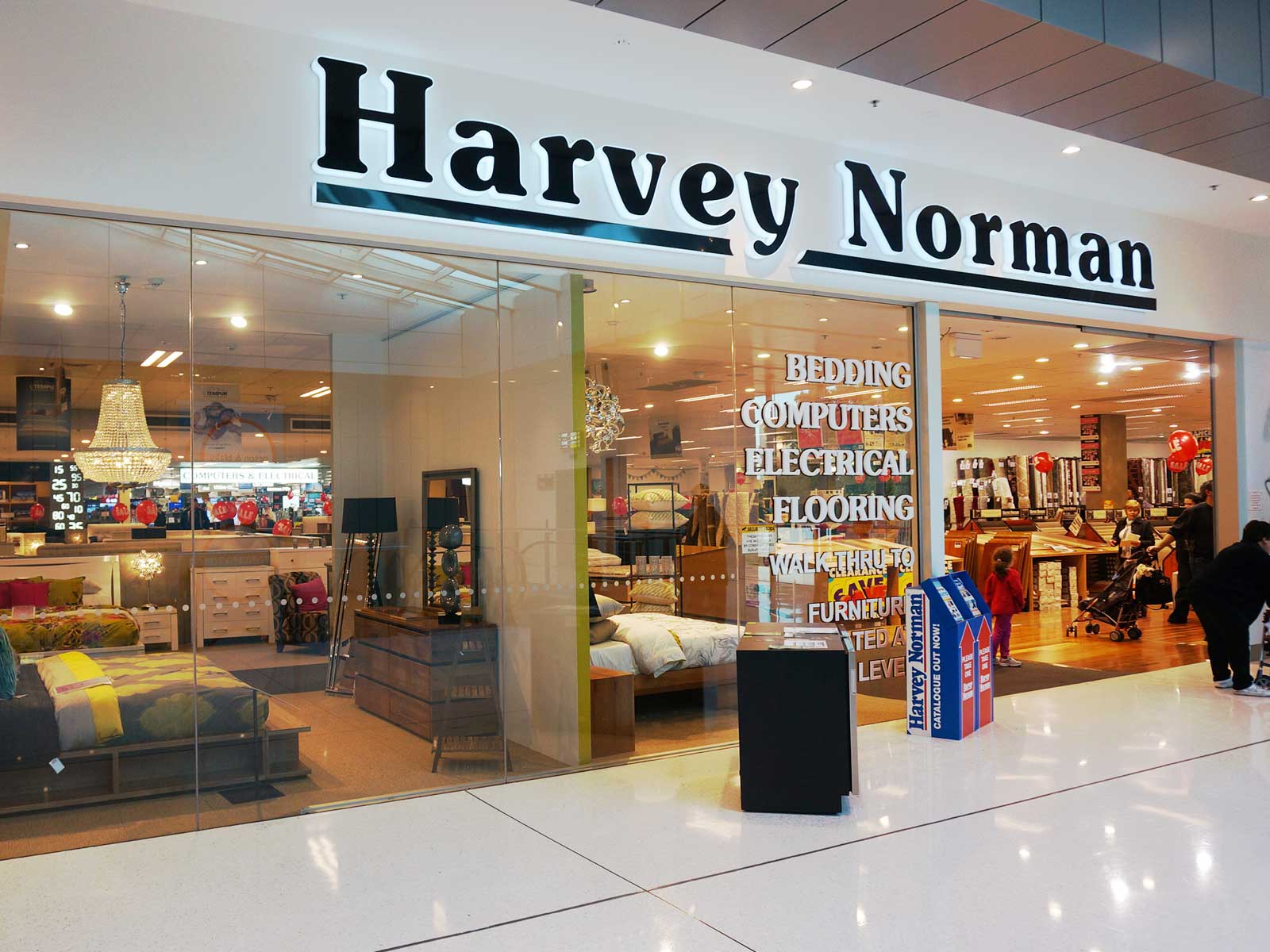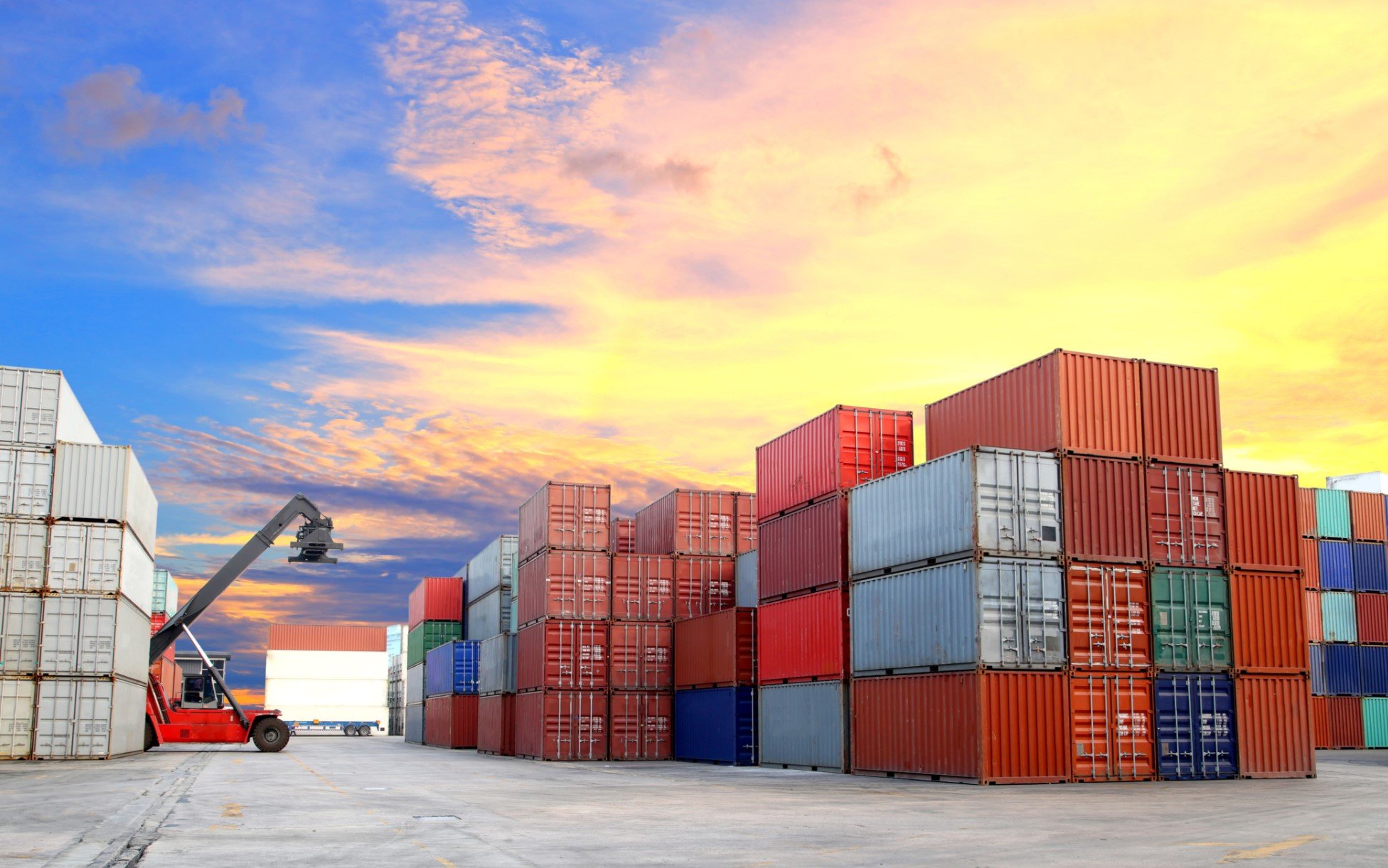The decision to hold back the amount of dividend paid to Harvey Norman shareholders was taken because management wanted to be cashed up to buy stock moving into the peak end of year period according to sources, this is a make or break, period for retailers as states such as NSW and Victoria ease lockdown restrictions.
Harvey Norman board director David Ackery has told brands, that he is prepared to pay for stock exclusivity going forward, as brands struggle to get stock into the Country especially from brands that are manufacturing in Southern China and Shenzhen, where COVID and demand for shipping containers are creating problems.
Renting a shipping container to get stock from Shenzhen to Australia has become both a difficult and expensive process for brands with several distributors in Australia that they are struggling to get stock into stores especially house brand products.
Containers that cost $3,000 to ship 18 months ago are now costing up to $10,000 which is a hefty sum to spend with some distributors such as Audio Active in Melbourne now costing air freight as an alternative to sea freight.
18 months into the Covid-19 pandemic, global shipping is still in crisis, with backlogs looming over the peak holiday shopping period and in particular the looming Black Friday/Cyber Monday sales which are shaping up to be an issue for retailers.
Some retailers are questioning whether they actually need to discount out stock with some observers claiming that the market will see a lot of “lost leader” promotions that build the perception that retailers are discounting.
Retailers including Harvey Norman, JB Hi-Fi, Super Retail Group, Big W, Kmart and Bunnings have been desperately chasing stock with some already boosting inventories in anticipation of record traffic to stores when COVID restrictions are lifted.
The AFR recently reported that if consumer demand fails to rebound strongly when lockdown restrictions start to ease in NSW and Victoria, retailers will have to cut prices heavily to clear stock they are already holding.
According to the Australian Bureau of Statistics, retail inventories rose to $39.7 billion in the June quarter compared with $35.3 billion in the June quarter 2020, with the value of inventories rising much faster than volumes.
Jarden analyst Ben Gilbert said inventories were 20 per cent higher at the end of June 2021 than those in June 2019, before the pandemic triggered a boom in spending on homewares, appliances, sporting goods and consumer electronics.
According to suppliers the issue is more about shipping, supply and price rises.
One retail analyst said that ‘One look at the market for shipping containers, and it’s clear that a return to normal won’t happen any time soon in Australia especially as we are a small market, and we are shipping less goods back to China”.
CNN recently reported that before the coronavirus hit, companies could rent a humble 20-foot or 40 containers with relative ease, allowing them to move goods at a low cost.
Now containers have become incredibly scarce and extremely expensive. One year ago, companies would pay roughly $3,000 to book a 40-foot steel container on a standard route between China and Australia according to data from Drewry, a maritime research consultancy. Now, firms are spending more than $14,000, an increase of more than 600%. Meanwhile, the cost of buying a container outright has effectively doubled.
Businesses everywhere are struggling to cope. Furniture giant Ikea has bought its own shipping containers to try to ease some logistical headaches. But that’s not an option for a small distributor shipping consumer electronics and appliances into Australia.
For months, global supply chains have been stretched to their breaking point, triggering shortages of items from computer chips TVs to notebooks.
Acer CEO Darren Simmons told ChannelNews recently “Supply is still a major issue and will be till well into 2022”.
On the routes between Australia and China major shipping lines cancelled dozens of sailings when the COVID pandemic first broke out. This meant empty boxes weren’t picked up before China’s export sector began to bounce back, and global demand for consumer products like electronics surged. Also impacting the turnaround was a decision by China to ban Australian imports.
The glut of empty containers — or “empties,” has persisted as coronavirus restrictions continue to snarl operations at ports and depots, and as shipping costs have continued to rise.
This claims analyst is now being passed on to consumers with the cost of TV’s notebooks and hundreds of audio products and accessories also rising.
“The shipping crisis is getting worse not easing,” said a Temp executive. “It will have an impact in the last quarter.





















